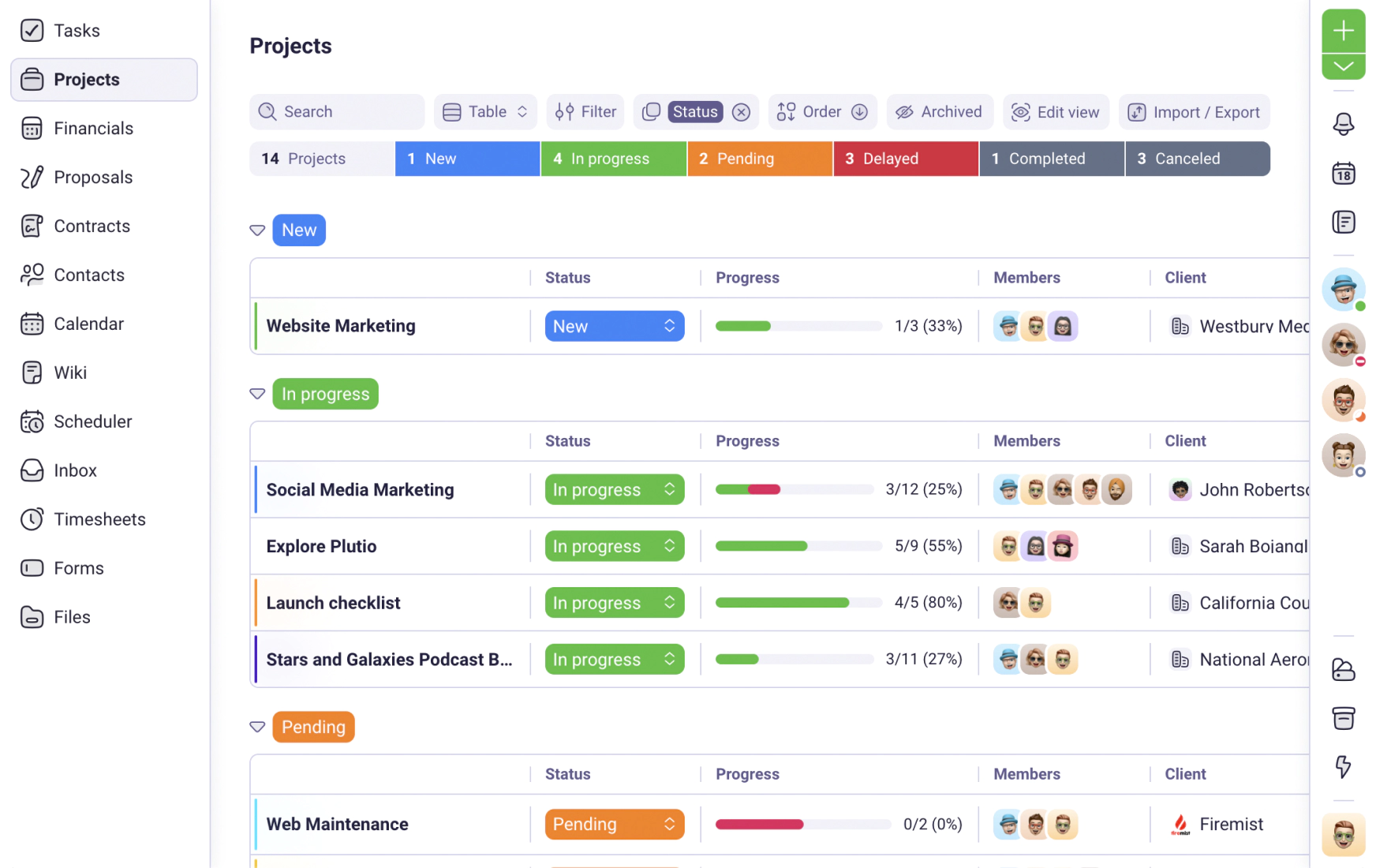We use cookies to personalise and enhance your experience.
The early days of your freelancing career could be a frustrating experience. Prospective clients, you speak to want to look at your portfolio. But then, you do not get to build one unless someone takes a bet on you.

Here’s a guide on how to build your freelancer portfolio in quick time - as short as one week.
What clients want
First things first - clients do not expect you to have a grand portfolio. What they are interested in is to see if you have the skills necessary to handle their project requirements. Some things sway their decision in your favor
- Your work on something perilously close to their own project needs.
- Experience with technology that they need expertise in
- Work for a big brand that the client is aware of
So, this is what you must be gunning for - a short list of projects that demonstrate your expertise in a topic and platform that the client is interested in. Bonus points if you can rope in a big brand name in this.
Ideally, you should have your website where you can showcase your portfolio. This establishes credibility and demonstrates your seriousness towards your projects.
Build a client persona
You know what they say in marketing - knowing your customer persona helps you build a marketing campaign that is relatable to your target group, and thus improves conversion rate.

Finding clients for your freelance business is no different. You need to pick a specific type of client and go after them for projects. For example,
- Small businesses looking to set up an online store
- SaaS businesses targeting a specific audience like marketers or HR professionals
- Content marketers looking for help with creating visuals
- Fashion retailers looking for Instagram marketing
In each case, make sure that your client falls in a very niche business category and is looking for a project that, again, falls in a niche category (like setting up an eCommerce store, creating an ebook, Instagram marketing, etc.)
We do this because it helps us build a portfolio that is highly relevant to the client you are going after.
A quick word of advice here - pick a business category that has plenty of projects in the offing. You could take a look at all the popular freelance marketplaces for this purpose.
Also, make sure you enjoy working on projects in this industry. If you do not enjoy learning about mortgages, do not target this industry.
You will realize that over time you will become a specialist in the industry you choose. There is no point in freelancing in an industry that you do not enjoy.
Once this decision has been made, the next step is to go ahead and build your portfolio. Here are some quick ways to do this.
Build a website or app
The easiest way to get some experience up your sleeve is by building a website or app. The reason this is quick is that you do not have to wait for a client to send their requirements. If you are making use of popular third-party platforms, you could launch a bunch of different stores (across different platforms) so that you could share them all like your experience when reaching out to clients.
Launching an app can be tricky since you will then have to pay a company like Apple or Google a fee to get your app listed. Paying this fee and getting your app listed however gives you the much-needed legitimacy.
Depending on the client industry you pick, you could launch a handful of different websites or apps in just a week or more.
Build plugins
Earlier in this article, I had mentioned how being associated with a big brand can help sway a client’s decision in your favor. One way to do this is by building plugins and apps for popular websites. For example, you could showcase your JavaScript skills by building a useful extension for GMail or Reddit.
These are popular websites and showcasing ways to make them better is one of the very effective ways to build a portfolio.
Quality over quantity
It is commonly believed that freelancers with dozens of projects under the belt can charge more than someone with just a handful of projects.
While that may be true in some cases, clients do prefer someone with a portfolio that is a close fit to their requirements. You should hence focus on making your couple of portfolio items look better instead of publishing more projects.
For example, if you are pitching for a content writing assignment, make sure that the couple of articles you write are extremely exhaustive and also visually appealing with plenty of images and charts.
You may also consider publishing this as a PDF or an ebook rather than as an MS Word document since they have a better visual appeal.
Try out third party tools and services
When a client seeks a freelancer to outsource their project to, they expect you to have a working experience of the industry tools. For a marketing project, this could include experience with the best social media tools, WordPress, analytics, PPC tools, and so on.
Once you have picked a client industry to work with, study their projects extensively on freelancer marketplaces and get a general idea of the tools you will need to have good knowledge about. Then, spend some time experimenting with the free trial version of all the leading tools.
In addition to the industry tools, it is also good practice to try out the various communication and collaboration tools so that your inexperience with them does not create friction in your communication.
A client is happy to work with a freelancer who doesn’t need to be trained on the more basic stuff. Your chances improve with good expertise with these tools.
Be persistent
While these tips should help you build a portfolio in a quick time, it is important to acknowledge the value of persistence. Your portfolio is just one of the many things that influence your freelance success.
Be persistent in your search for projects and continue to work on your portfolio. This is the only realistic way to find success with freelancing.
Have you tried Plutio yet?
The only app you need to run your business and get work done.
Try Plutio for FREESupercharge your business
The complete toolkit to run your business
The intuitive all-in-one solution to manage and collaborate on projects, share files, build forms, create proposals, get paid, and automate your workflow.
No credit card required


